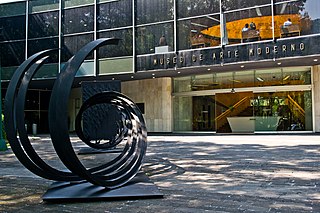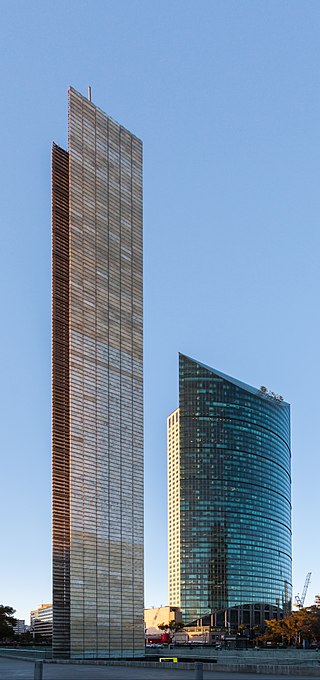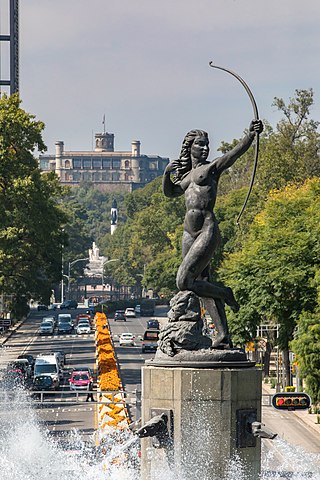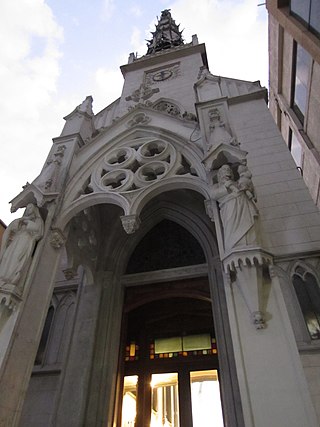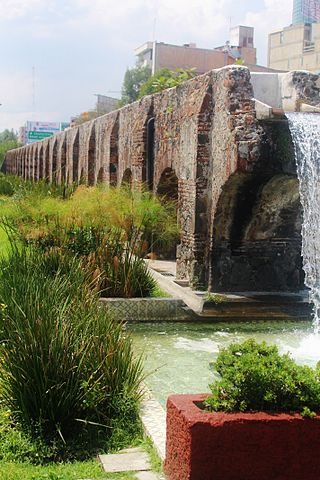Self-guided Sightseeing Tour #7 in Mexico City, Mexico
Legend
Guided Free Walking Tours
Book free guided walking tours in Mexico City.
Guided Sightseeing Tours
Book guided sightseeing tours and activities in Mexico City.
Tour Facts
3 km
73 m
Experience Mexico City in Mexico in a whole new way with our free self-guided sightseeing tour. This site not only offers you practical information and insider tips, but also a rich variety of activities and sights you shouldn't miss. Whether you love art and culture, want to explore historical sites or simply want to experience the vibrant atmosphere of a lively city - you'll find everything you need for your personal adventure here.
Activities in Mexico CityIndividual Sights in Mexico CitySight 1: Museo Nacional de Antropología
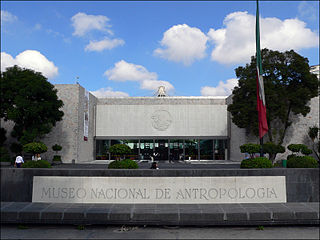
The National Museum of Anthropology is a national museum of Mexico. It is the largest and most visited museum in Mexico. Located in the area between Paseo de la Reforma and Mahatma Gandhi Street within Chapultepec Park in Mexico City, the museum contains significant archaeological and anthropological artifacts from Mexico's pre-Columbian heritage, such as the Stone of the Sun and the Aztec Xochipilli statue.
Wikipedia: National Museum of Anthropology (Mexico) (EN), Website
Sight 2: Museo Rufino Tamayo
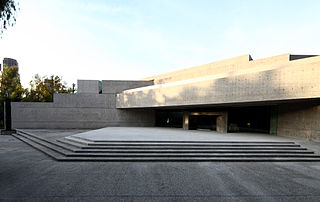
Museo Rufino Tamayo is a public contemporary art museum located in Mexico City's Chapultepec Park, that produces contemporary art exhibitions, using its collection of modern and contemporary art, as well as artworks from the collection of its founder, the artist Rufino Tamayo.
Sight 3: Museo de Arte Moderno
The Museo de Arte Moderno (MAM) is a museum dedicated to modern Mexican art located in Chapultepec Park in Mexico City.
Sight 4: Estela de Luz
The Estela de Luz is a monument in Mexico City built in 2011 to commemorate the bicentenary of Mexico's independence from Spanish rule. Its design was the winning entry in an invited competition to seek the best combination of Mexico's past and future; the design uses quartz and electric lighting to achieve this effect. The Estela de Luz is mainly used for cultural events. Below it, the Centro de Cultura Digital cultural complex was built.
Sight 5: Fuente de la Diana Cazadora
The Huntress Diana Fountain stands as a monumental sculptural landmark situated within the roundabout at the intersection of Paseo de la Reforma and Río Misisipí and Sevilla streets. Positioned on the border of the Colonia Cuauhtémoc and Colonia Juárez neighborhoods in Mexico City, this fountain serves as a focal point within the urban fabric of the metropolis. Designed by the Italian architect and sculptor Enrique Alciati, the fountain was unveiled in 1942 and has since become an enduring symbol of Mexico City's cultural heritage and urban landscape. The centerpiece of the fountain is a striking bronze statue depicting Diana, the Roman goddess of the hunt, poised atop a stone pedestal adorned with decorative reliefs and motifs. Adjacent to the Huntress Diana Fountain, several landmarks bear homage to its iconic presence within Mexico City's urban landscape. Among these notable sites are the Cine Diana and two prominent skyscrapers: the Corporativo Reforma Diana and Torre Diana.
Sight 6: Parish of the Holy Child of Peace
The Parish of the Holy Child of Peace is a historic church located near Paseo de la Reforma and Zona Rosa in Cuauhtémoc, Mexico City, Mexico. It is also known as Praga Parish because it is found on Praga 11 Street. The church is known for its German neogothic architecture and was recognized as a temple by the Secretariat of the Interior in 1931.
Sight 7: Acueducto de Chapultepec
The Chapultepec aqueduct was built to provide potable water to Tenochtitlan, now known as Mexico City. Tenochtitlan was the capital of the Triple Aztec Alliance empire. This fresh water was transported from the Chapultepec springs. Two aqueducts following the same route from the springs were built by the Aztecs during the 15th century, the first destroyed by flooding and the second by the Spanish. After the Spanish conquest a colonial aqueduct was built, the ruins of which are located near Metro Sevilla.
Share
How likely are you to recommend us?
Disclaimer Please be aware of your surroundings and do not enter private property. We are not liable for any damages that occur during the tours.
GPX-Download For navigation apps and GPS devices you can download the tour as a GPX file.
